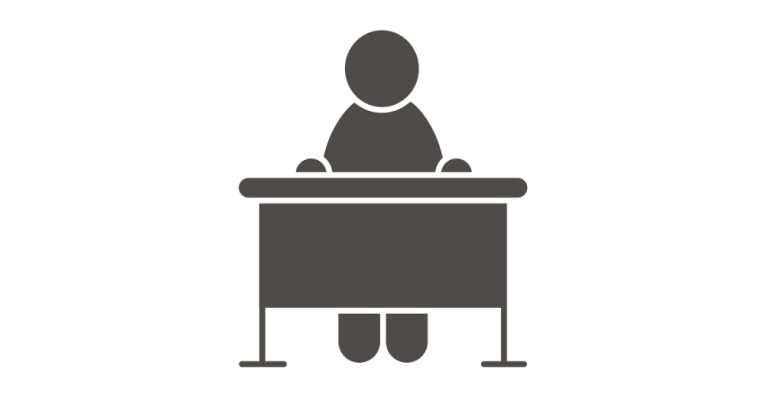Promising Smaller Class Sizes May Win Votes, But Without Funding It’s Unlikely To Improve Student Outcomes

Do we actually have a class-size crisis, and, if so, what should we do about it?

- by Teachwire

A general election can always be relied upon to reignite some fiery educational debates. The 2017 campaigns were no different, with battles waged over school funding, grammar schools, and more.
The Labour Party, in an attempt to curry favour on the doorstep, offered a policy beloved by parents and teachers alike: a reduction in class sizes. But do we actually have a class-size crisis, and, if so, what should we do about it?
We know a lot about class size. We know, for example, that parents and teachers like the idea of smaller classes and tell political pollsters so. Indeed, private schools often devise a promotional model founded on the attractiveness of small, nurturing group sizes, so clearly it proves an alluring option. And yet, we also know that in some of the most successful schools systems in the world, like in China and Japan, they can have class sizes well over 30 (OECD, 2012).
For whose benefit?
So, does class size really matter? Well, as a teacher, I know what I would prefer. I’d like a class of 22 over 32 students every time. Fewer books to mark, more time for individual feedback, fewer behavioural issues, as well as more space in the classroom. For most of us, it is predominantly a workload matter. Teachers are overworked with data inputting, marking, planning and more. Bigger classes means more work. For teachers, class size really does matter.
If I stand back a little dispassionately from the debate waged on the doorstep and in the staffroom, the evidence proves a lot more variable regarding the impact of smaller class sizes on learning. On the Education Endowment Foundation Toolkit (EEF), smaller classes makes a positive impact of learning that equates to about 3+ months, but the crucial caveat is that “small reductions in class size (for example, from 30 to 25 pupils) are unlikely to be cost-effective relative to other strategies”.
Uncomfortable evidence
The EEF state that a class size reduction from 30 to 15, that is to say, a substantial reduction that is likely to have a definitive positive impact on students’ learning, would cost around £1,150 per pupil. Whatever your perspective on the nation’s finances, that is a huge amount and we should be sure it is the best choice we can make to improve education.
International evidence begins to reveal some rather unsettling truths. In Tennessee, in what was labeled the STAR project, policy makers went about reducing class sizes. The issue was that with smaller class sizes came the need for more teachers.
Paradoxically, the bar had to be lowered for more teachers, so with smaller class sizes the quality of instruction was likely compromised. If we translate this to England, with our existing recruitment and retention issues, we face an obvious problem of having too few teachers.
Teachers are the difference
When politicians laud reducing class size in an effort to woo voters, they miss the realities faced by schools. We must ask: is the teacher being supported and trained to improve their practice with a smaller group? Are teachers giving better-personalised feedback, or generating more focused time on task? Is teacher time timed gained from marking fewer books eaten up by spurious data inputting demands? And do we have enough teachers in the system?
There may be no class size crisis – yet – but we have significant barriers facing teachers and school leaders. In truth, without time for better training and enough teachers to go around, reducing class sizes offers parents and teachers a promise that will go unfulfilled.
We need to take a harder look at the issue of class size, alongside policies now being mooted by our recently elected government. We need policies based on evidence and wisdom, not merely what wins a fistful of votes.
For more information on Alex Quigley visit theconfidentteacher.com or follow @HuntingEnglish.









